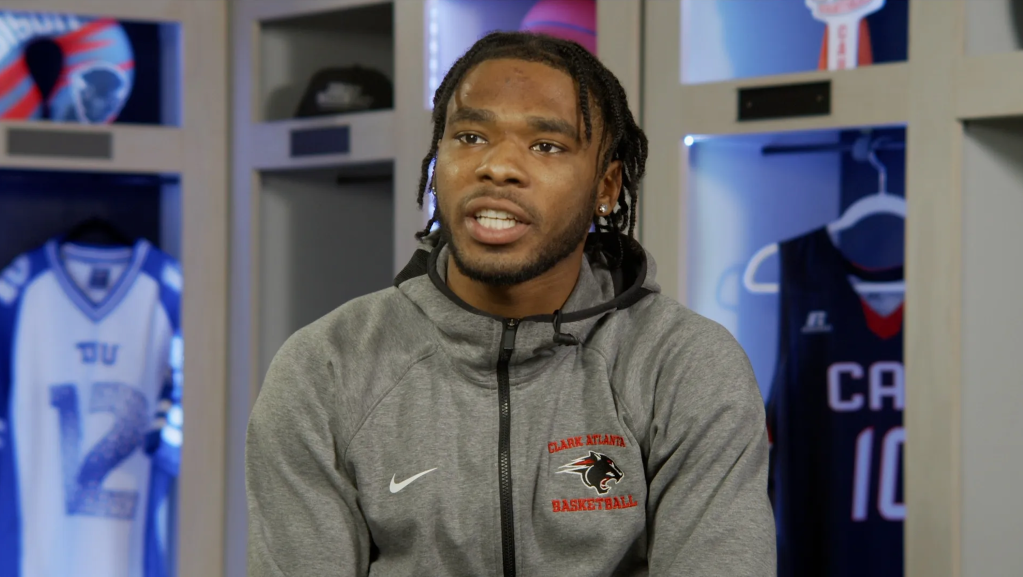Daniel Jose Older revolutionized the way we thought of fantasy novels with his debut young adult novel, Shadowshaper. The New York Times bestseller tells the story of Sierra, an Afro-Latina from Brooklyn who discovers her innate shadow shaping power, or the ability to infuse spirits into street art, music, and stories. Alongside her friends, she uses her ancestral-given brilliance to fight back against those who want to appropriate her gifts for their own evil meddling.
(If this narrative sounds shadily familiar, you’re thinking on the right track.)
CASSIUS spoke to Older about diversity in the fantasy genre, his upcoming project, and what’s next for Sierra and her crew.
CASSIUS: It’s so amazing to talk to you right after the Biggie mural was almost taken down in BedStuy. Thinking back on how Shadowshaper depicts street art as a way for us to remain connected and empowered by those who came before us, what were your feelings when you heard about it?
Daniel Jose Older: Street art serves as a very foundational piece of Shadowshaper. I always think of this expression called “obligatory amnesia.” Society teaches us who to mourn and not mourn, those who do or don’t matter according to the media reports and who’s the hoodlum or the thug and why. Murals are very much a way of standing up against that. It’s a way for the community to say, ‘This person won’t get a New York Times obituary, at least not a fair one, their death won’t be reported on, it won’t be commemorated, but we loved them.’ It’s a very powerful way of expressing a truth that the rest of the world is very intent on erasing and to do that is it’s own form of magic.
C.: Why do you think it’s important to show that Black and Brown kids can be just as mystical in every day settings like Brooklyn as Harry Potter is at Hogwarts?
DJO: Whether we’re just magical but no humanity or a doomed sidekick or a punch line, Black and Brown characters don’t get to flourish in who they are. With a character like Sierra, it’s not enough just to make her badass. Books traditionally depict Black women as a badass or a sex object — they only get to be one thing.
You’re always walking through this minefield of stereotypes when you’re writing characters of color. Even as a writer of color, you still have to be mindful of what the history of those representations are. It’s really about giving people a narrative in which they can see themselves and their struggles.
C: One of the main themes of Shadowshaper is learning your roots to inform who you are and who you are destined to be. Why do you think that it’s important for kids, especially kids of color, to see this?
DJO: You can’t just paint a white face brown and call it diversity — we need to go deeper than that. There are other ways of thinking about time, there are other ways about thinking about place and community, what it means to win, be a hero, or save the world. That goes back to who we are, who we’ve been, and who came before us. I was really tired of reading ghost stories and ghosts in fiction as solely evil elements. The rest of the world has a much more complex and usually more harmonious relationship to the dead than white western culture does. In Shadowshaper, ancestors literally lift Sierra up and grant her power. That’s true for many of us and I just wanted that to be true on the page in a magical way.
‘You can’t just paint a white face brown and call it diversity — we need to go deeper than that.’
C: It was so refreshing to see out and proud teen queer WOC in Shadowshaper, especially when Tee got her own spinoff novella. Why was it important for you to have that representation in there?
DJO: If one of your identities is only represented in books as a conflict, it becomes easy to see it as something outside of yourself or something that needs to be fixed. The truth is, kids of color and queer kids and anybody who’s marginalized on some level has to learn to multitask, and in a way that those who aren’t don’t. I write books that can deal with institutionalized oppression and zombies, and monsters, and magic. They don’t get in the way of each other, they actually feed each other as storylines. That’s what books are supposed to do, put these different elements into conversation.
‘I write books that can deal with institutionalized oppression and zombies, and monsters, and magic.’
C: What can you tell us about Shadowhouse Fall?
DJO: Well, first of all there’s another novella coming out on June 6 before Shadowhouse Fall called Dead Light March. It takes place during the West Indian Day Parade. In fact, it’s the same one from my first novel, Half Resurrection Blues —they kind of cross paths in the parade for a quick moment and it all lines up.
In Shadowhouse Fall, everything turns up quite a few notches. There are rallies, state violence, a whole magical tarot deck that comes into play and it really starts shaking up the whole spiritual world of Brooklyn. The Sorrows are back in the game and they’re pissed. Robbie has competition for Sierra’s affection and that’s complicated and everything is a hot mess, as it should be.
Dead Light March is now available, so make sure you cop the novella and get caught up for the release of Shadowhouse Fall on September 12, 2017!
















